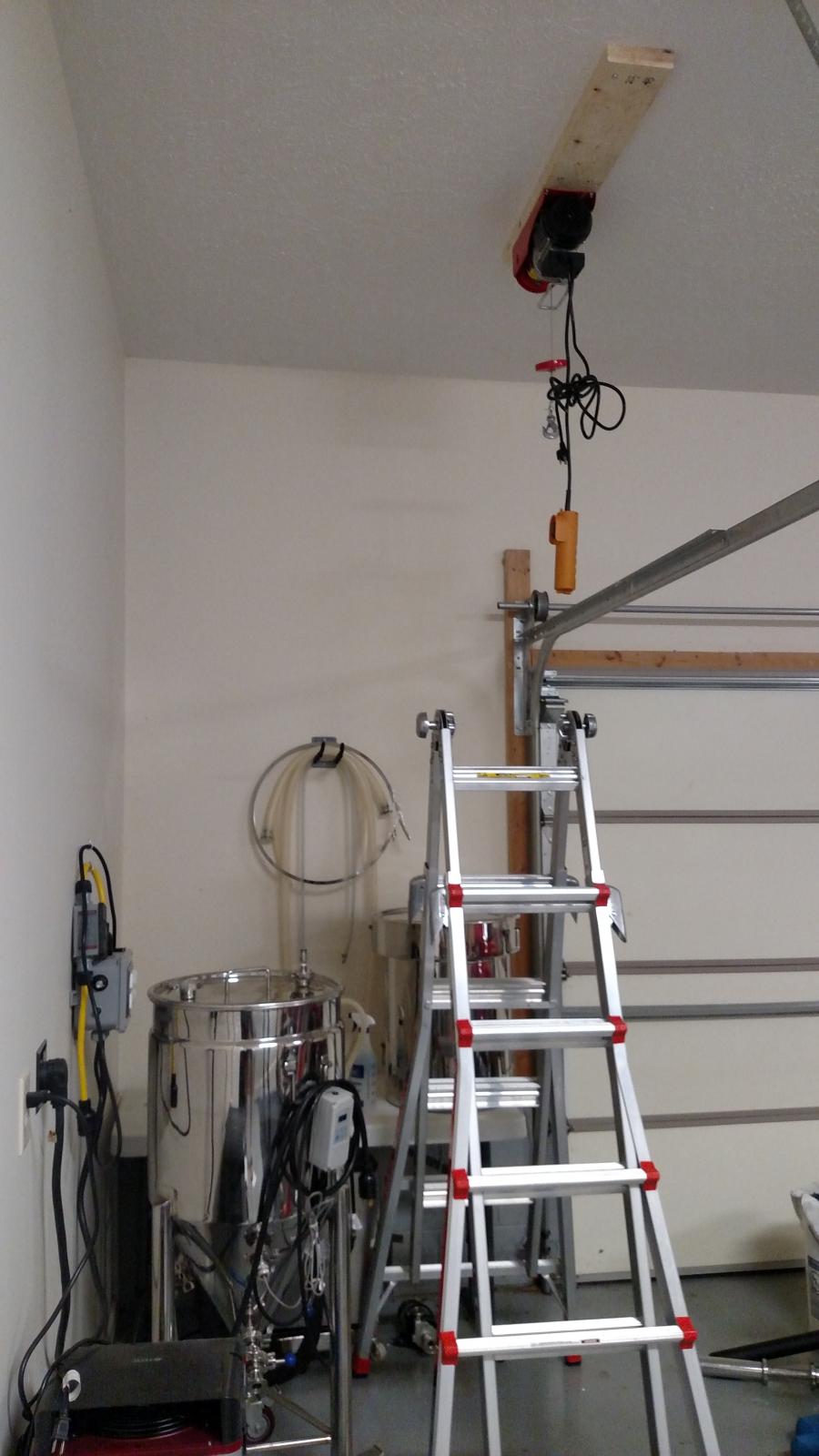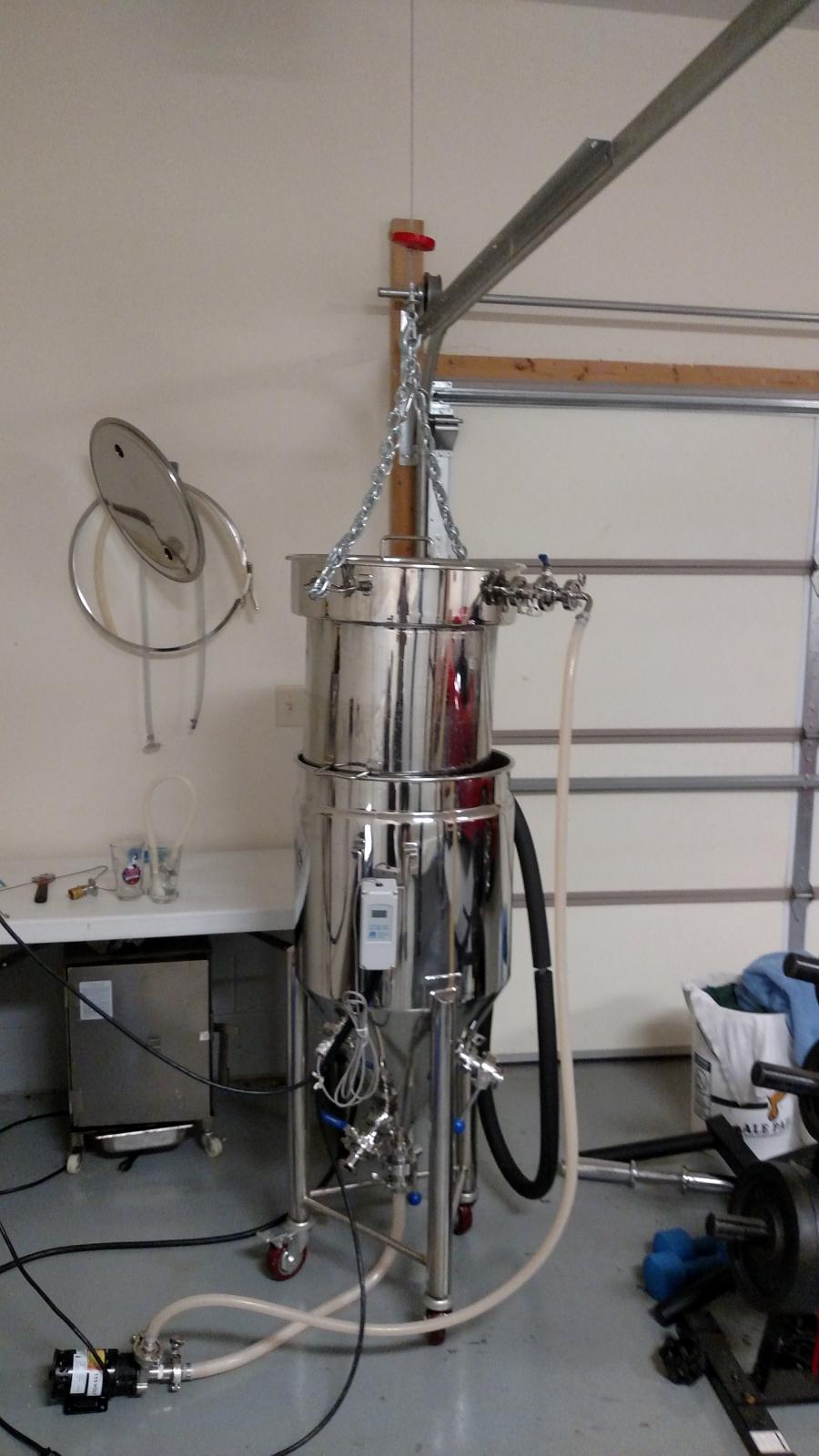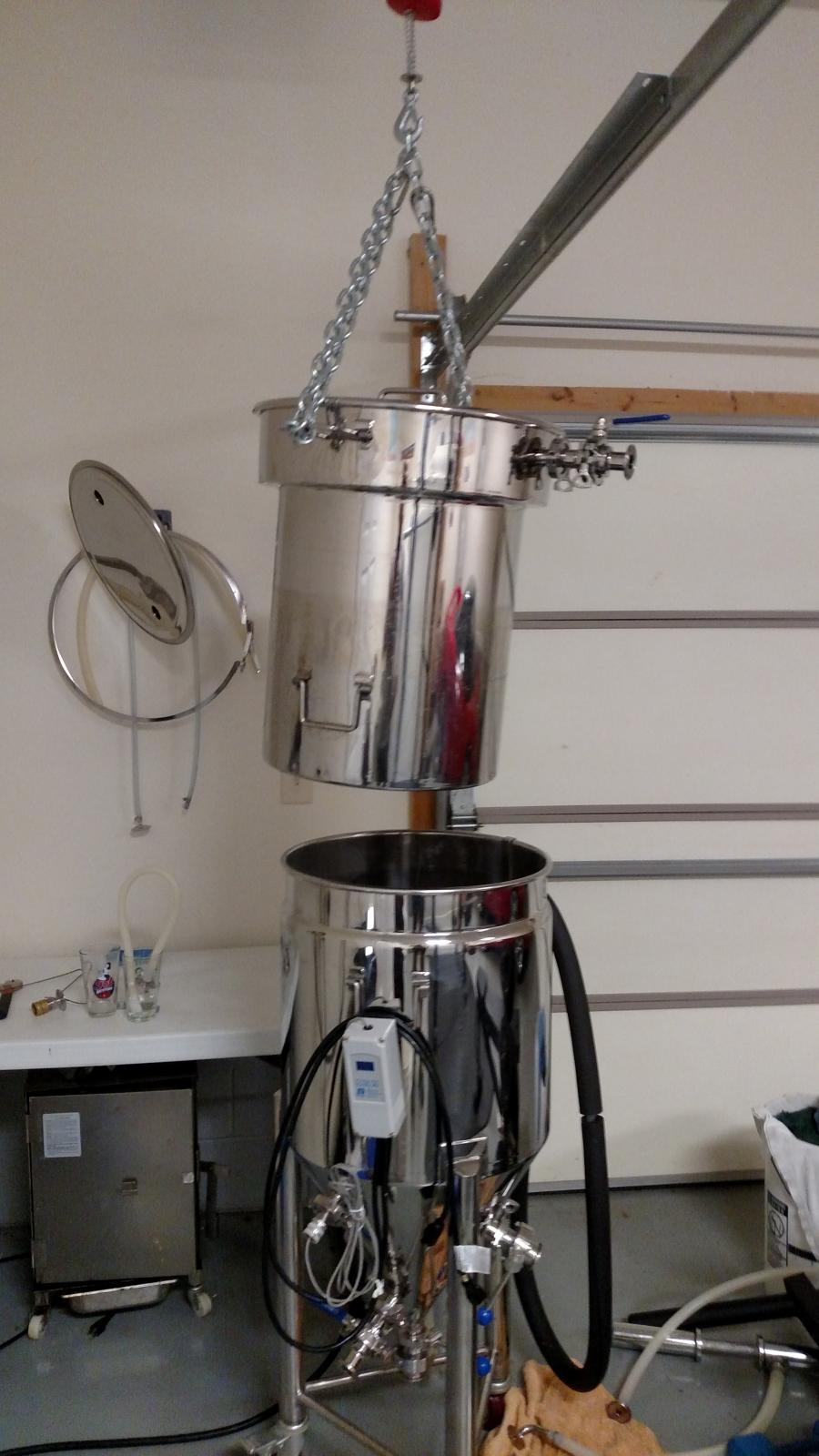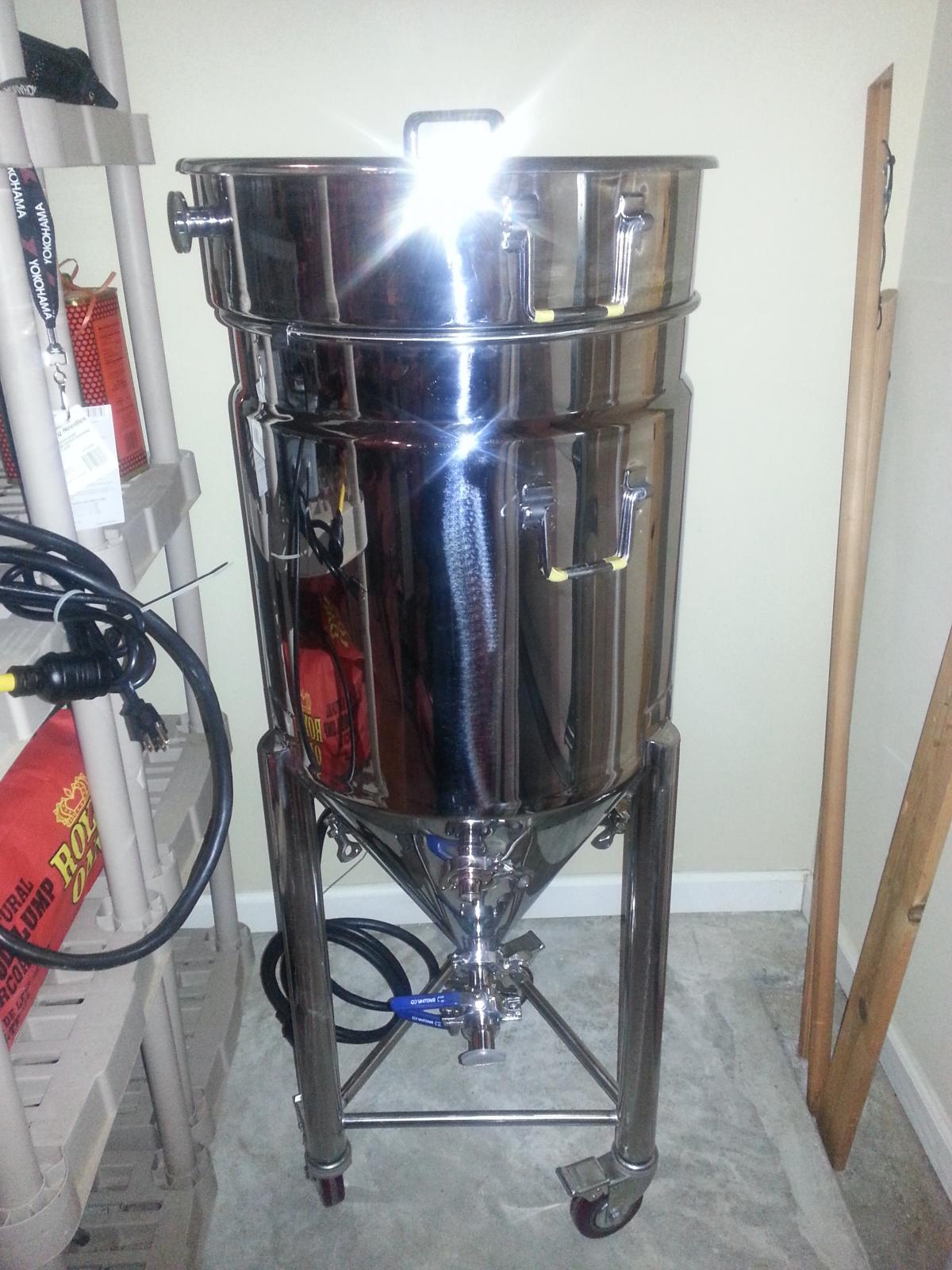A lot if it goes to I simply like the system and Nathan has been great.
I looked at the link provided, and I find the jacket a simpler consept than the immersion coils.
As an engineer simpler tends to work out in the long run on things that cannot afford system maintenance.
I looked at the link provided, and I find the jacket a simpler consept than the immersion coils.
As an engineer simpler tends to work out in the long run on things that cannot afford system maintenance.











































![Craft A Brew - Safale BE-256 Yeast - Fermentis - Belgian Ale Dry Yeast - For Belgian & Strong Ales - Ingredients for Home Brewing - Beer Making Supplies - [3 Pack]](https://m.media-amazon.com/images/I/51bcKEwQmWL._SL500_.jpg)















 It looks like you have a lot of room to move around in your space.
It looks like you have a lot of room to move around in your space.


